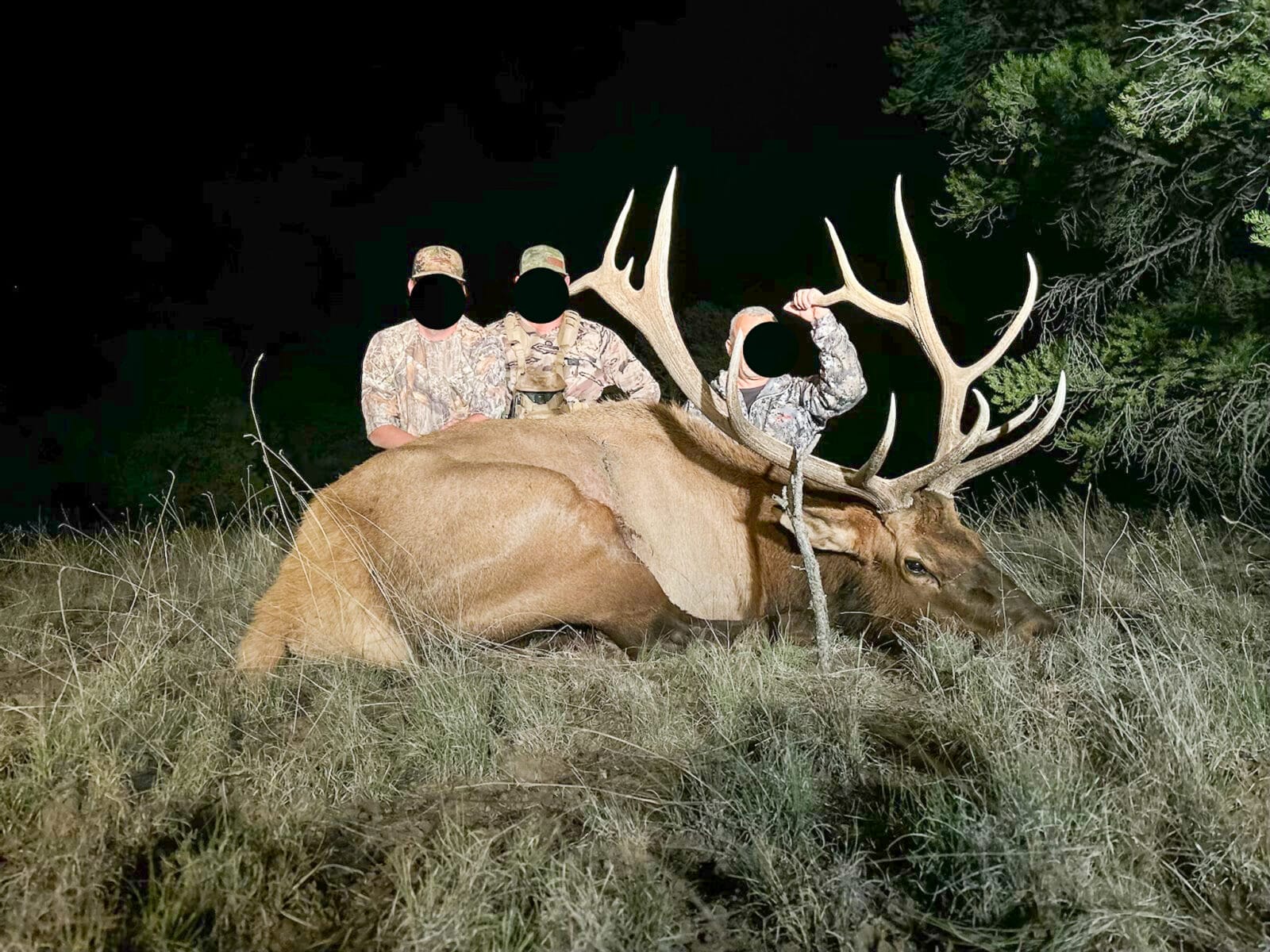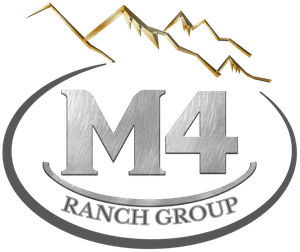Maximize your land’s potential and embrace the essence of wildlife stewardship!
Smart landowners are tapping into a game-changing strategy for managing their lands from Colorado’s gentle slopes to New Mexico’s varied landscapes. Bringing in landowner tags is transforming the way folks make the most out of every patch of dirt they own.
This savvy practice sparks wildlife conservation and boosts hunting prospects all at once. If you’re eager to enhance the value and productivity of your property, landowner tags are the key to unlocking untapped opportunities right in your own backyard.
These tags are not just simple pieces of paper; they’re golden tickets poised to bring new promise to your land… and here’s why:
*Also updated, in-line with the New 2025 OTC Colorado Tag rules (*the elimination of OTC archery elk licenses for non-residents in areas West of I-25 and GMU 140):
‘not keen on reading – listen here instead’
What are Landowner Tags?
Landowner tags are special hunting permits issued to landowners allowing them to manage and harvest wildlife on their land. These tags serve as valuable tools for landowners, offering a range of benefits that enhance both the ecological and economic value of their land.
The Key Features of Landowner Tags
- Exclusive Hunting Rights
- Landowner tags provide exclusive hunting rights on the owner’s property. This allows landowners to control who hunts on their land, ensuring a safe and regulated hunting environment.
- Wildlife Management
- These tags help manage wildlife populations. By regulating hunting, landowners can maintain a balanced ecosystem, preventing overpopulation and ensuring the health and diversity of wildlife species.
- Economic Benefits
- Landowners can monetize their land by offering hunting leases. This generates additional income and increases the overall value of the property.
- Conservation Efforts
- Landowner tags encourage conservation practices. Landowners often engage in habitat improvement projects and sustainable land management practices to attract and support wildlife, contributing to broader conservation goals.
- Legal and Ethical Hunting
- By obtaining landowner tags, both landowners and hunters ensure they are operating within legal frameworks, promoting ethical hunting practices and helping enforce wildlife laws.
The Different Types of Landowner Tags
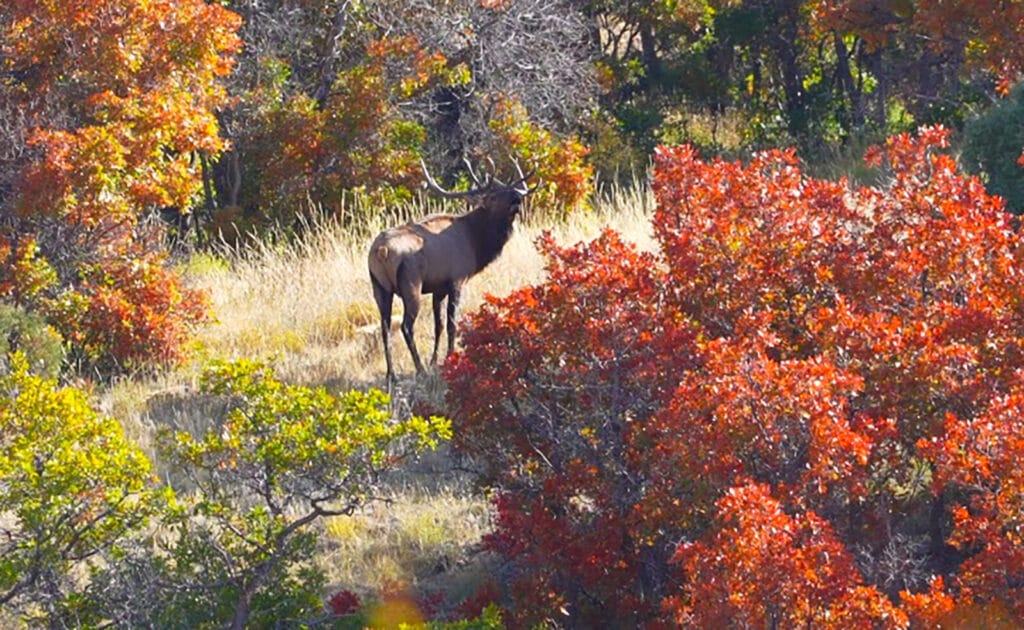
The types of Landowner Tags are varied, they include the following:
Elk Tags
- Colorado Landowner Elk Tags
- In Colorado, landowners who own a minimum of 160 contiguous acres used for agricultural purposes can apply for elk tags through the Colorado Parks and Wildlife (CPW) Landowner Preference Program (LPP).
- Tags are allocated based on preference points, land size, and the specific wildlife management needs of the area.
- Applications must be submitted by the April deadline, and tags are generally species-specific.
- Colorado landowners who allow public hunting through the Public Access Program may also receive extra benefits, including additional tags.
- New Mexico Landowner Elk Tags
- New Mexico has implemented the Elk Private Land Use System (EPLUS) to distribute elk tags.
- Tags are available based on the land’s location within the Primary, Secondary, or Special Management Zones. In Primary zones, tags are issued based on a habitat scoring system, while in Secondary zones, elk licenses are unlimited and available over the counter.
- Landowners in Special Management Zones must negotiate directly with the New Mexico Department of Game and Fish.
Deer Tags
- Mule Deer Tags
- Found in Western states, these tags help maintain balanced mule deer populations and promote conservation.
- In New Mexico, over the counter deer tags are for private land only. A hunter must have a private land only deer license and tag as well as written permission from the landowner and a habitat management and access validation stamp which can be purchased from licensed vendors or at NMDGF offices.
- When obtaining a private land only deer license the hunter must select a hunt code which corresponds with a deer-draw hunt code for the unit, bag limit, sporting arm type and season date.
- If the hunter is a nonresident and selects a corresponding deer draw hunt code designated QUALITY or HIGH DEMAND he/she must purchase a quality deer license.
Antelope Tags
- Pronghorn Antelope Tags
- Issued in states like Colorado and Wyoming, these tags allow landowners to hunt pronghorn antelope.
- In New Mexico, hunters need private land-only licenses and habitat management and access validation stamp to hunt pronghorn antelope. New Mexico Units 2A, 2B, 2C, 4, and 5A are excluded.
Turkey Tags
- Spring and Fall Turkey Tags
- These tags are available for landowners in many states, allowing them to hunt wild turkeys during specific seasons. Turkey tags support population control and enhance landowner participation in wildlife management.
Bear Tags
- Black Bear Tags
- In states with significant black bear populations, landowners can acquire bear tags to hunt black bears. These tags aid in managing bear-human interactions and maintaining healthy bear populations.
Upland Game Bird Tags
- Pheasant, Quail, and Grouse Tags
- Issued to landowners in various states, these tags allow hunting of upland game birds. They support game bird population management and habitat enhancement projects.
Special and Unique Tags
- Landowner Preference Tags
- Some states offer preference tags to landowners, giving them priority in the tag allocation process. These tags ensure that landowners can participate in hunting on their own property.
- Conservation Tags
- These are special tags that are awarded to landowners who actively engage in conservation practices. These tags recognize and reward landowners for their contributions to wildlife and habitat conservation.
The Key Benefits of Landowner Tags
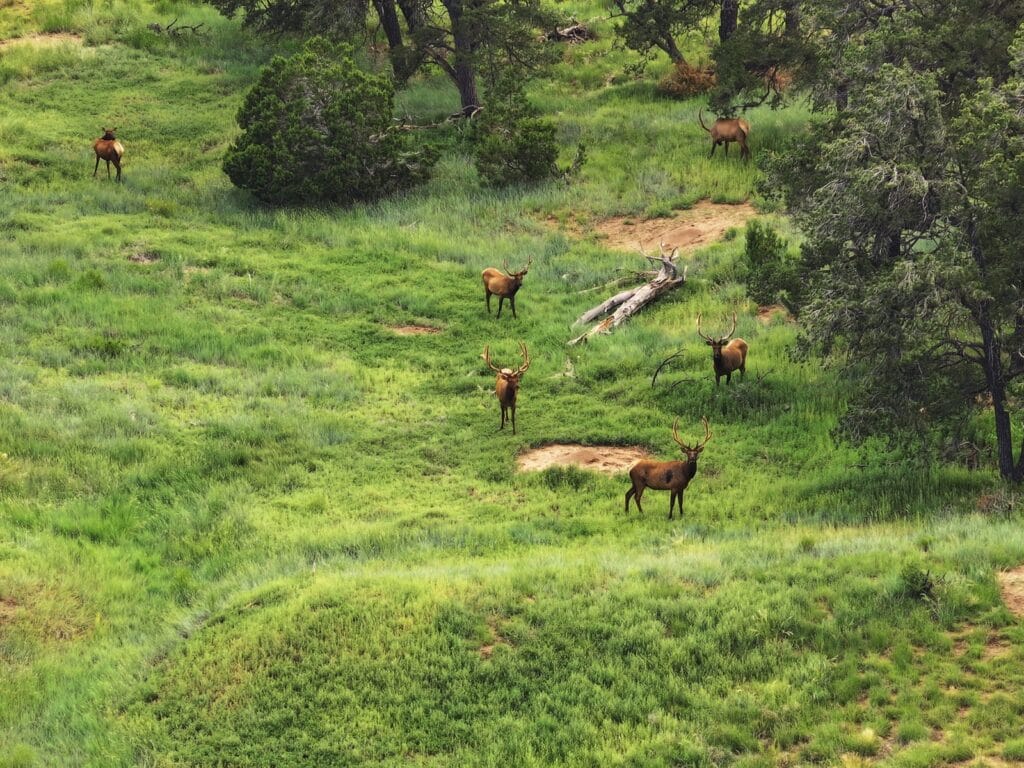
The benefits of Landowner Tags are varied, these include the following:
Wildlife Management
- Population Control
- Landowner tags help manage and control wildlife populations on private land, preventing overpopulation and ensuring a balanced ecosystem. Improving the health and diversity of wildlife populations on your property.
- Habitat Improvement
- By regulating hunting, landowners can create a healthier environment for various species, promoting biodiversity and robust wildlife populations.
Economic Gains
- Increased Land Value
- Properties with landowner tags can attract higher market values due to the added hunting opportunities and wildlife management capabilities.
- Additional Income
- Landowners can lease hunting rights to others, generating supplementary income from their property.
Conservation Efforts
- Sustainable Practices
- Landowner tags encourage sustainable land use and conservation practices, contributing to the overall health of a balanced ecosystem and protecting habitats.
- Preservation of Wildlife Habitats
- By actively managing their land, landowners can preserve and enhance habitats for various species, ensuring long-term ecological benefits.
Exclusive Hunting Rights
- Controlled Hunting Environment
- Landowner tags grant exclusive hunting rights on private property, allowing landowners to control who hunts on their land and ensuring a safe, regulated hunting environment.
- Personal Enjoyment
- Landowners and their families can enjoy hunting on their property without competing with public hunters, enhancing their outdoor experiences.
Legal and Ethical Compliance
- Regulatory Adherence
- Landowner tags ensure that hunting activities are conducted within legal frameworks, promoting ethical hunting practices and compliance with state wildlife regulations.
- Improved Relationships with Wildlife Agencies
- By participating in state-managed programs, landowners build positive relationships with wildlife agencies, fostering cooperation and support for future conservation initiatives.
Community and Environmental Impact
- Local Conservation Leadership
- Landowners with tags often become leaders in local conservation efforts, setting an example for sustainable land management and wildlife stewardship.
- Enhanced Local Ecosystems
- Effective wildlife management on private lands can have a positive ripple effect on surrounding ecosystems, benefiting neighboring properties and public lands.
Educational Opportunities
- Wildlife Education
- Landowners can use their properties as living classrooms to educate family members, friends, and the community about wildlife management and conservation practices.
- Involvement in Conservation Programs
- Participation in state wildlife programs provides opportunities for landowners to engage in educational and conservation activities, enhancing their knowledge and skills.
How to Acquire Landowner Tags
Step by step process below:
Understand the Eligibility Requirements
The criteria for obtaining landowner tags is state specific, each state has its own set of regulations, specific eligibility requirements and application processes. Generally, landowners must own a minimum amount of acreage (varies by state and species) and demonstrate active involvement in land management or agricultural activities.
These include:
- Minimum Land Size
- States may require a minimum acreage to qualify for landowner tags.
- Land Use
- Demonstrating that the land is used for agricultural, conservation, or wildlife management purposes.
- Ownership Proof
- Providing proof of ownership, such as deeds or tax records.
- Residency Status
- Some states require landowners to be residents, while others offer tags to non-residents.
Research State-Specific Regulations
Different states have varying rules and procedures for landowner tags:
- Colorado Landowner Tags
- Colorado Parks and Wildlife (CPW) offers landowner tags for elk, deer, and antelope. The Landowner Preference Program (LPP) requires landowners to register and demonstrate agricultural use.
- To acquire Colorado landowner tags, landowners must first apply for landowner preference points through the CPW system. Applications must be submitted online by the April deadline, and landowners must enroll in the Landowner Preference Program by December 1st.
- The Colorado landowner tag process is carefully designed to balance the interests of private landowners with the state’s need for effective wildlife management. By allowing landowners to participate in managing game populations on their property, the program helps keep these populations at sustainable levels. Simultaneously, it provides landowners with valuable hunting opportunities, making it a win-win for conservation and property rights.
- New Mexico Landowner Tags
- New Mexico landowners can apply for the EPLUS program by registering their ranch online.
- Tags in the Primary and Special Management Zones are awarded based on a habitat scoring system, while those in the Secondary Management Zones are available over the counter.
Start the Application Process
Landowners must apply through their state wildlife agency, submitting the necessary documentation and application forms: the application process typically involves submitting documentation of land ownership, management plans, and sometimes a fee.
Ensure you also have the following:
- Proof of Ownership: Deeds, tax records, or lease agreements.
- Land Use Plans: Detailed plans showing how the land is used for agriculture or conservation.
- Maps and Surveys: Accurate maps showing the property boundaries and relevant features.
Wait for Approval
The state wildlife agency will review your application: The agency checks for completeness and eligibility and in some cases; officials may conduct a site visit to verify the information provided.
Once approved (you will receive an official letter), landowners will receive their tags and can begin planning their hunting season.
Finally Compliance, Renewal and Maintenance
- Adhere to Regulations
- Follow all hunting regulations and land management practices as stipulated by the state.
- Annual Renewal
- Most landowner tags require annual renewal. Submit renewal applications and any updated documentation on time.
Optimizing Your Land for Landowner Tags
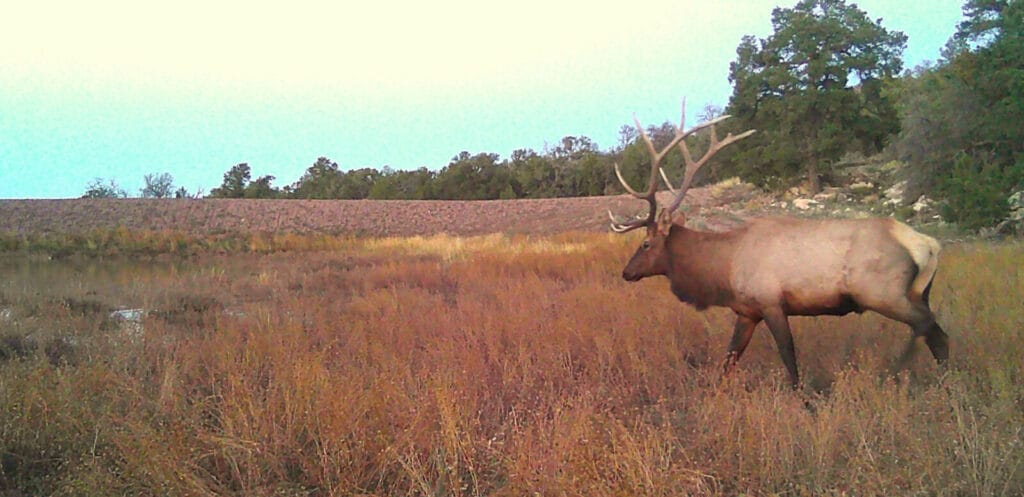
To maximize the potential of your land, consider the following strategies:
Enhance Wildlife Habitat
- Create Diverse Habitats
- Develop a mix of habitats such as forests, grasslands, wetlands, and water sources to support a wide range of wildlife species.
- Plant Native Vegetation
- Use native plants that provide food and shelter for local wildlife. Native species are better adapted to the local climate and soil conditions.
- Establish Food Plots
- Plant food plots with crops that attract game species, such as clover, alfalfa, and corn. Rotate crops to maintain soil health and provide year-round food sources.
Implement Sustainable Land Management Practices
- Soil Conservation
- Use erosion control methods like contour plowing, terracing, and maintaining ground cover to protect soil health.
- Water Management
- Develop water sources such as ponds, streams, and wetlands to provide essential hydration for wildlife. Implement practices to maintain clean and sustainable water supplies.
- Controlled Burns
- Use prescribed burning to manage vegetation, reduce invasive species, and promote the growth of native plants.
Develop a Comprehensive Land Management Plan
- Assessment
- Conduct a thorough assessment of your land to identify its strengths, weaknesses, and potential for improvement.
- Goals and Objectives
- Set clear goals for wildlife management, conservation, and recreational use. Define specific objectives to achieve these goals.
- Action Plan
- Develop a detailed action plan outlining the steps to improve habitat, manage resources, and achieve your objectives. Include timelines, budgets, and responsible parties.
Engage in Conservation Programs
- State and Federal Programs
- Participate in state and federal conservation programs that provide financial and technical assistance. Examples include the Conservation Reserve Program (CRP) and the Environmental Quality Incentives Program (EQIP).
- Local Partnerships
- Collaborate with local conservation organizations, wildlife agencies, and landowner associations to share knowledge and resources.
Monitor and Adapt
- Regular Monitoring
- Track the progress of your land management efforts through regular monitoring and data collection. Use trail cameras, wildlife surveys, and habitat assessments to gather information.
- Adaptive Management
- Be flexible and adapt your management practices based on monitoring results. Continuously improve your strategies to meet changing conditions and objectives.
Promote Ethical Hunting Practices
- Controlled Harvesting
- Implement controlled harvesting techniques to manage wildlife populations sustainably. Set quotas and enforce hunting rules to avoid over harvesting.
- Hunter Education
- Educate hunters about ethical hunting practices, conservation principles, and safety protocols. Encourage respect for wildlife and the environment.
Leverage Technology
- Mapping and GIS Tools
- Use Geographic Information System (GIS) tools to map your land, identify key habitats, and plan management activities. GIS technology can help you visualize and analyze land use patterns.
- Wildlife Tracking
- Utilize wildlife tracking technology, such as GPS collars and trail cameras, to monitor animal movements and behavior. This information can inform habitat improvements and hunting strategies.
Economic Opportunities
- Hunting Leases
- Offer hunting leases to generate income while controlling hunting pressure on your land. Clearly outline terms and conditions to ensure responsible use.
- Ecotourism and Recreation
- Explore opportunities for ecotourism, bird watching, and other recreational activities that can provide additional revenue streams.
Harness the Power of Your Sprawling Acres
Landowner tags are a powerful tool that blends wildlife stewardship with economic opportunity.
By participating in these programs, landowners contribute to sustainable land use while increasing the value of their land. Whether you’re in Colorado or New Mexico, these tags empower you to take control of your land’s potential.
Ultimately, landowner tags empower landowners to become proactive stewards of the environment, ensuring that their land thrives for generations to come, benefiting both their families and the broader ecological community.
The new 2025 OTC Colorado Tag rules
The elimination of OTC archery elk licenses for non-residents in areas West of I-25 and GMU 140, is a hot topic… our own Seth Craft in his own words explains why, the benefits and how Colorado’s Hunting Ranches still remain at the pinnacle of the Western Hunting experience.
It seems the world of hunting has completely changed in Colorado. A few years ago, I started hunting in an over-the-counter (OTC) unit as a resident. At first, I was skeptical about how the proposed reforms would impact the unit I frequent.
Improvements
However, over the past couple of years, as those reforms have gradually taken effect…we’ve seen a dramatic improvement in the quality of Elk. Where we used to be lucky to harvest a 280-inch bull, the number of elk has since increased significantly and so has their quality.
“In the last two seasons alone, I’ve harvested a 353-inch bull and another in the mid-340s, both with my bow, in a unit where seeing a herd bull was once rare”
Transformation
This transformation has been a major benefit for both residents and non-residents. While hunters must now plan ahead due to the draw system, it has helped eliminate the last-minute flood of orange-vested hunters descending on public lands.
I’ve seen firsthand how recent regulatory reforms, culminating in the full implementation of a draw-based tag system in 2025 have dramatically shifted both wildlife dynamics and land values.
“It’s been a controversial change, especially since Colorado was one of the last states to offer OTC elk tags, but I believe it has been necessary for the sustainability of our herds”
Changes
Under the new draw system, hunters must apply for specific units by the draw deadline. This change has allowed for better management of elk populations and has brought more control to units that were previously over-hunted.
One major upside for landowners is that the value of landowner tags has increased. Landowners now not only have a better chance at harvesting trophy bulls, but they also benefit from reduced pressure on nearby public lands…which keeps more wildlife in the area.
“On my own 300-acre farm, I regularly see about 300 head of elk feeding on my irrigated fields. This amounts to roughly $50,000 in annual forage loss, a cost that’s partially offset by the increased value of landowner tags”
That revenue helps support the overall operation of the ranch.
conclusion
Despite the changes, most hunters still have a good chance of drawing tags due to strong allocation rates.
The overall reduction in tags is only about 10%, and the shift has elevated Colorado’s reputation for trophy elk hunting. With improved draw odds, proximity to public lands, and now better-managed herds, Colorado’s hunting ranches remain at the pinnacle of the western hunting experience.
M4 Ranch Group
At M4 Ranch Group, finding you the perfect ranch with landowner tags is a top priority for us.
Whether that is receiving enough tags for the whole family on Rockin Broken Arrow Ranch which receives unlimited elk and mule deer tags. Or going after the coveted Boone & Crockett Mule Deer which is possible on the Largo Creek Ranch.
Our brokers are ready to assist you in realizing your dream of the perfect hunting retreat.
View our Colorado Hunting Ranches For Sale, and New Mexico Hunting Ranches For Sale
A Sample of Hunting Ranches For Sale
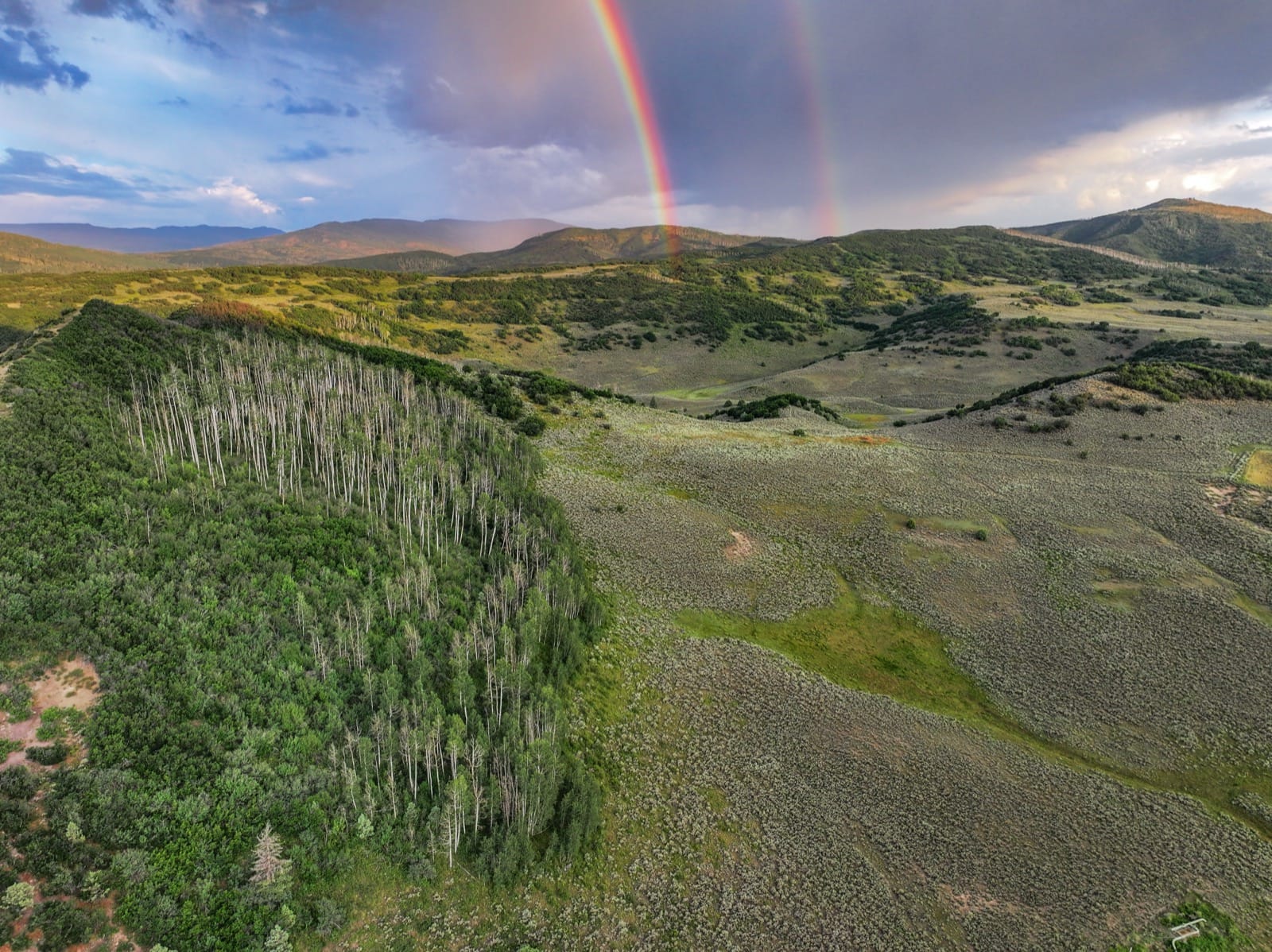
Thundering Hooves Ranch
$21,900,000
Thundering Hooves Ranch is a remarkable property spanning 5,709.3± deeded acres. With an extensive water supply, diverse wildlife, and direct access to public lands, this property offers a rare opportunity for hunters and ranchers alike.
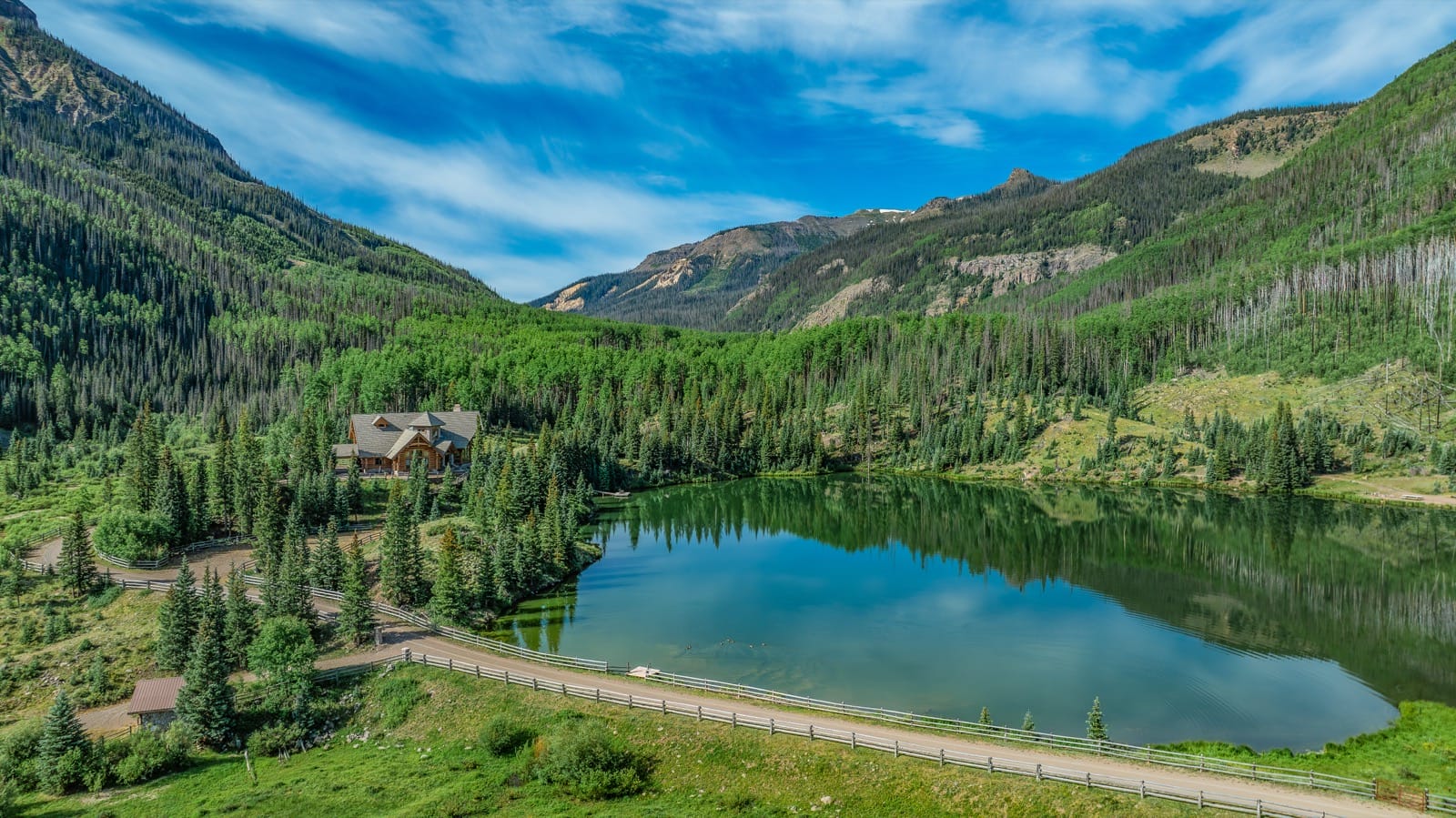
Red Mountain Ranch
$18,495,000
Red Mountain Ranch features two 7±-acre lakes, over 3 miles of improved trout streams, and Red Mountain Creek, which flows through the entire length of the property. This Colorado Ranch For Sale, also includes an Engelmann Spruce log cabin, a second log cabin for guests, and a barn with a caretaker’s apartment located above.
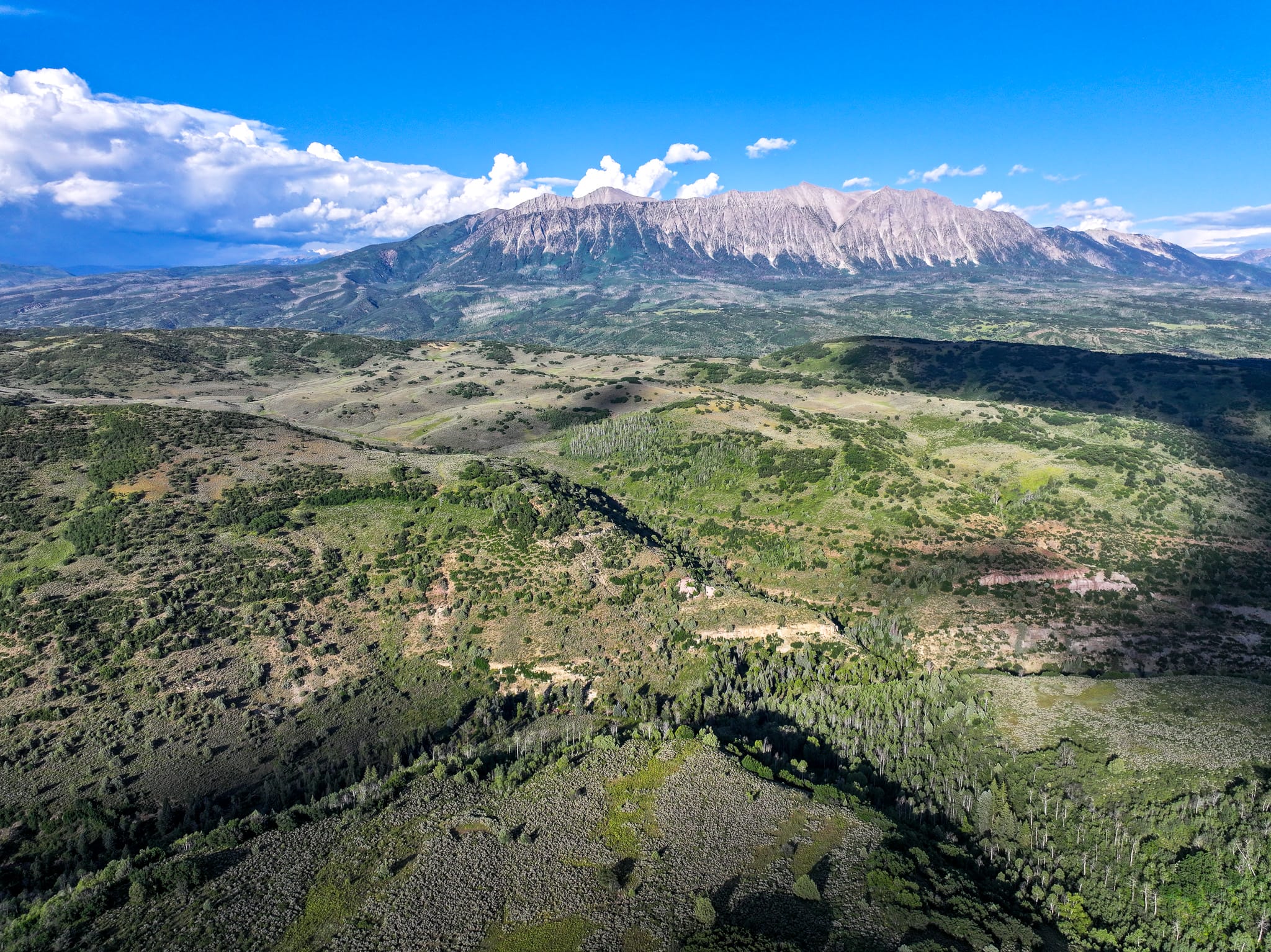
Ragged Spur Ranch
$15,900,000
Ragged Spur Ranch encompasses 3,760± acres in Gunnison County with irrigated ground, historic water rights, and premier hunting in GMU 521. With creek frontage, public land borders, and year-round access, it’s a rare Western Slope ranch offering both recreation and productivity.

